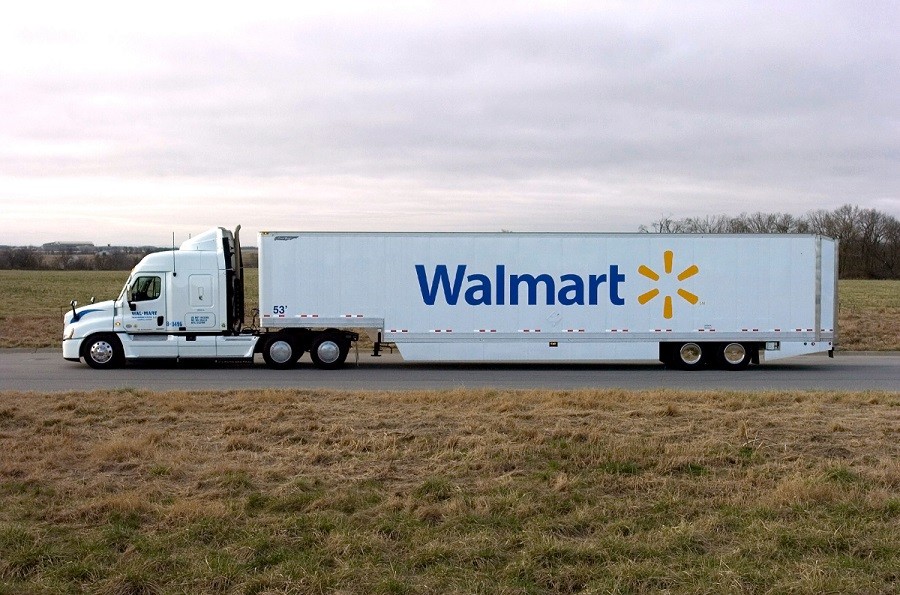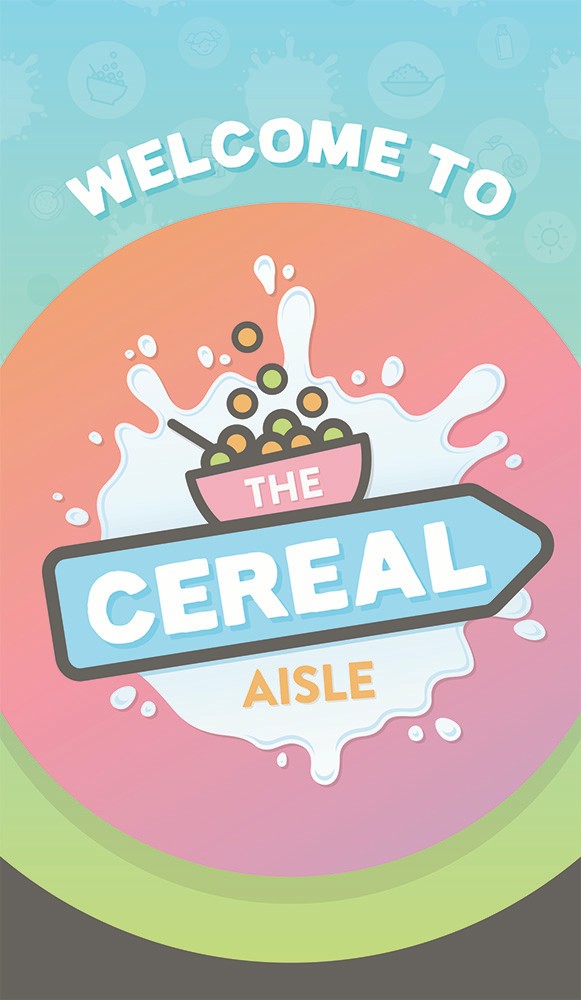
Cereal has been an important part of breakfast since the late nineteenth century. As the top cereal retailer in the United States, Walmart sells almost 2,000,000 boxes of cereal every day. Over a year’s time, that’s enough boxes to fill 1,000 Olympic-size swimming pools!
The Front of the Box:
A Window to What's Inside
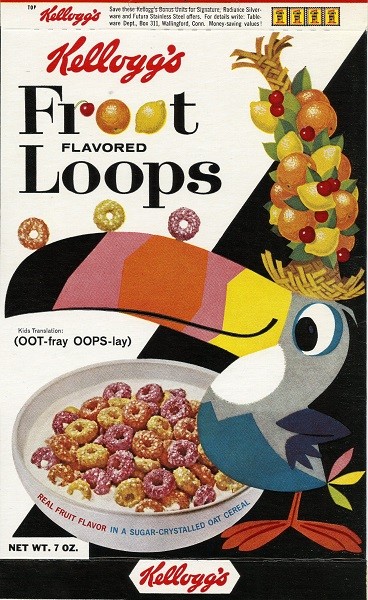
Early cereal boxes were
simple and descriptive. By the middle of the twentieth century, the marketing in the cereal industry became more creative and began including cereal characters, television commercials, prizes, and back-of-the box activities. All a part of this revolution, their effects continue today even as the cereal industry continues to evolve.
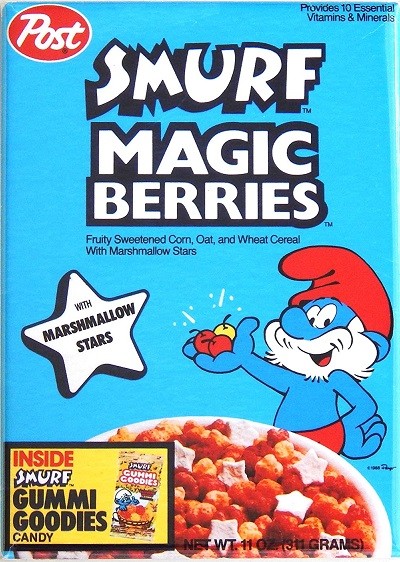
In the 1970s and 1980s, the marketing was more closely tied to movies, television, and other popular culture. Cereal represented and promoted C3PO from Star Wars, Mr. T, professional wrestling, E.T., The Smurfs, and Nintendo characters among many others.
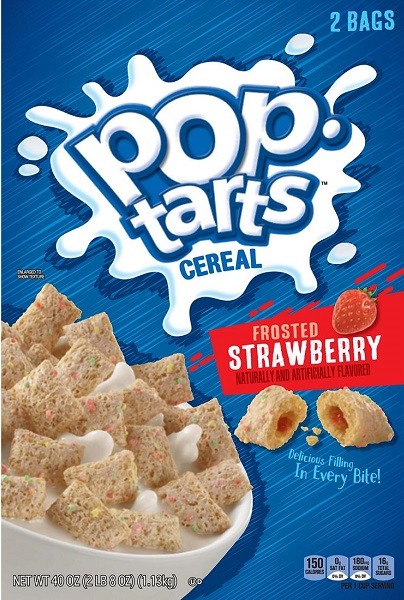
More recently, the trend has been to base cereals on other popular foods, such as Hershey’s Kisses, Sour Patch Kids, Pop-Tarts, Eggo waffles, Oreos, Twinkies, and s’mores. Some of these, like Pop-Tarts Cereal, are exclusive to Walmart.
Back-Of-The-Box:
Breakfast's Most Popular Reading and Games
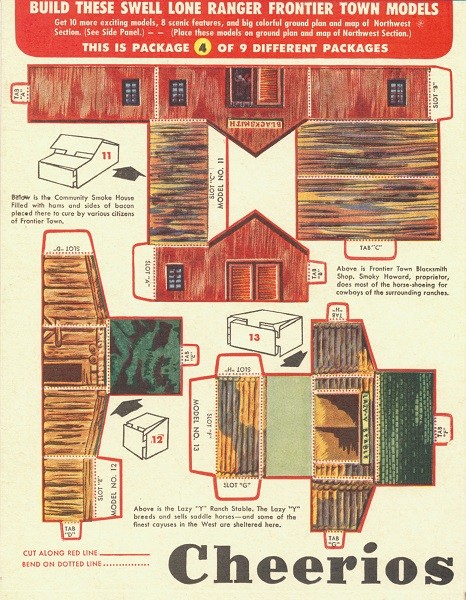
The cereal-eating experience wouldn’t be complete without its accompanying entertainment: the back of the box. Henry Crowell revolutionized consumer packaging in the 1880s with consumer-focused cardboard packaging boldly advertising his Quaker Oats with the smiling Quaker character. He quickly followed this up by including recipes on the back of the box, and as the cereal industry grew, the back-of-the-box reading material evolved as well.
Gone were the days when it was just reading material. Instead, the boxes themselves became activities for kids to enjoy, from games to a cut-out village for kids to construct (in the 1930s).
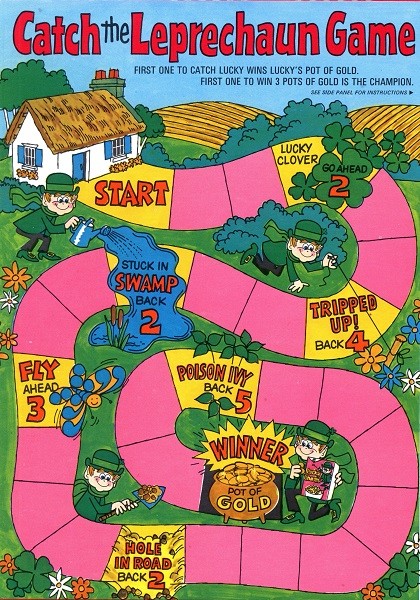
In the 1970s, some cereal boxes even featured records that could be cut out and played. The grooves for the songs were imprinted right on the box. Classic fun activities--like word finds, mazes, crossword puzzles, and spot-the-difference images--have not gone away, but in recent years, many cereal companies have moved toward using the back of the box to educate and showcase the programs and causes they support.
Characters:
Family Fun in Familiar Forms
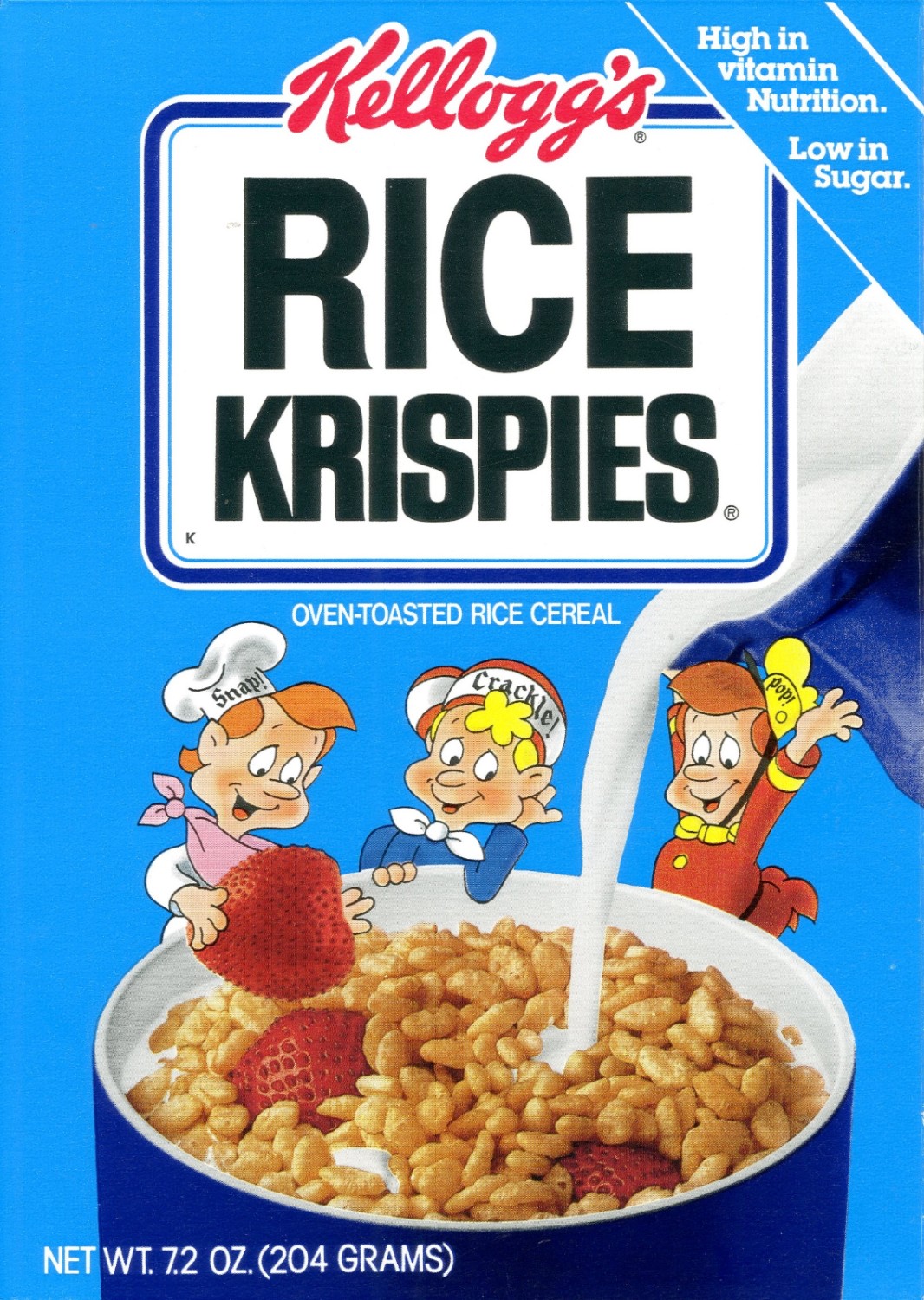
The characters that we associate with cereals first came about when a small gnome chef, Snap, was added to boxes of Rice Krispies Snap was later joined by Crackle and Pop, and the trio has adorned Rice Krispies boxes ever since.

Many of the most iconic cereal characters were created in the 1950s and 1960s: Tony the Tiger, Toucan Sam, Cap’n Crunch, Lucky, the Trix Rabbit, and Sonny the Cuckoo Bird. In the 1970s and 1980s, characters based on movies, television, and other bits of popular culture became popular.
Fred Flintstone and Barney Rubble’s appearance on Fruity and Cocoa Pebbles is one of the most enduring examples from television. In recent years, cereal characters have been updated with detailed human-like characteristics and 3-D-style shading, in an effort to make them seem more real and friendly.
Cereal Around the World
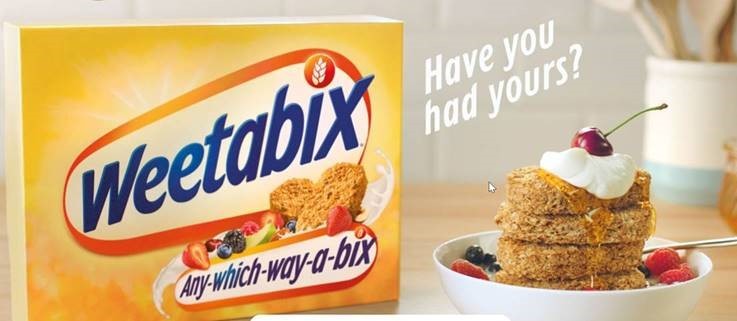
Cereal has played a large role in American popular culture since the 1960s, and breakfast cereal has spread outside the United States to become a popular morning staple around the world. In many countries, American favorites like Frosted Flakes and Corn Flakes are among the most popular with consumers, sometimes with slight name changes. Kellogg’s Frosted Flakes, one of the best-selling cereals in Mexico, are known as Zucaritas there. In the United Kingdom, Frosted Flakes are shortened to Frosties. They’re not all exports, though. Others, like the British cereal biscuits Weetabix, were developed and produced locally.
The Future of Cereal
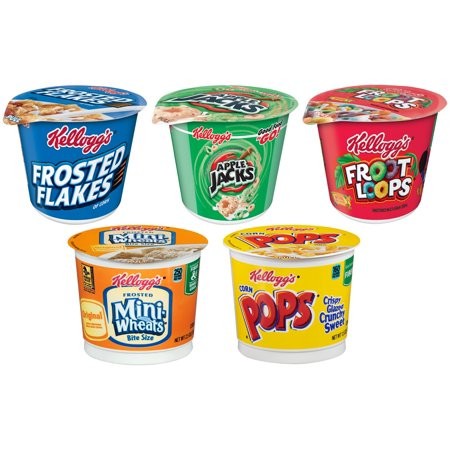
As Customers Go, So Goes Walmart
From single-serve cups that customers can eat on the go to focusing on healthier options, the customer is always at the core of any changes at Walmart. Cereal is increasingly being seen as “anytime” food as a snack or dessert.
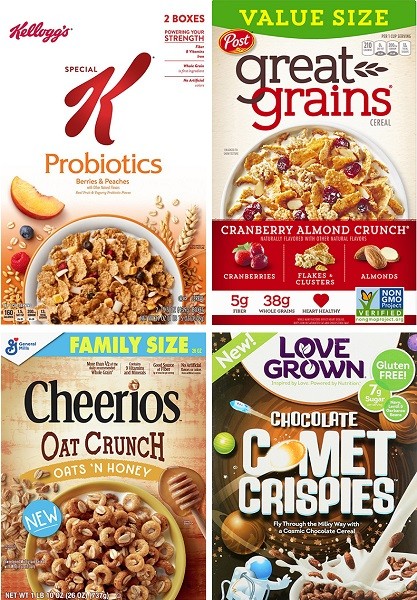
A Healthy Horizon
Despite the fact that indulgent flavors are currently very much on trend, breakfast cereals are now available and in development with more minimally processed, healthier ingredients.
To satisfy this appetite for healthier choices, cereal companies are working on assortments that are gluten-free, keto- and paleo-friendly, as well as more organic/non-GMO offerings. Look for ingredients that include ancient grains, superfoods, probiotics, or “starring more seeds and nuts."
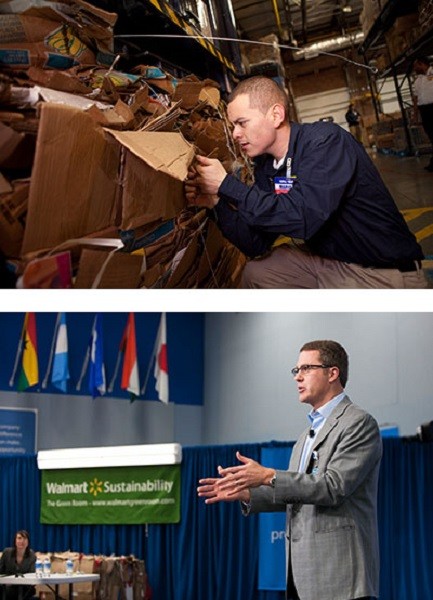
Thinking Outside The Box, Too
It’s not just about what’s inside the box. It’s also about the boxes themselves, from manufacturing to delivery. Walmart’s focus on sustainability has reduced the amount of energy required to get the ceral to the shelves and increased the amount of recycled packaging used for the breakfast table.
Follow us on Facebook and Instagram for more pictures and artifacts from this special exhibit.
